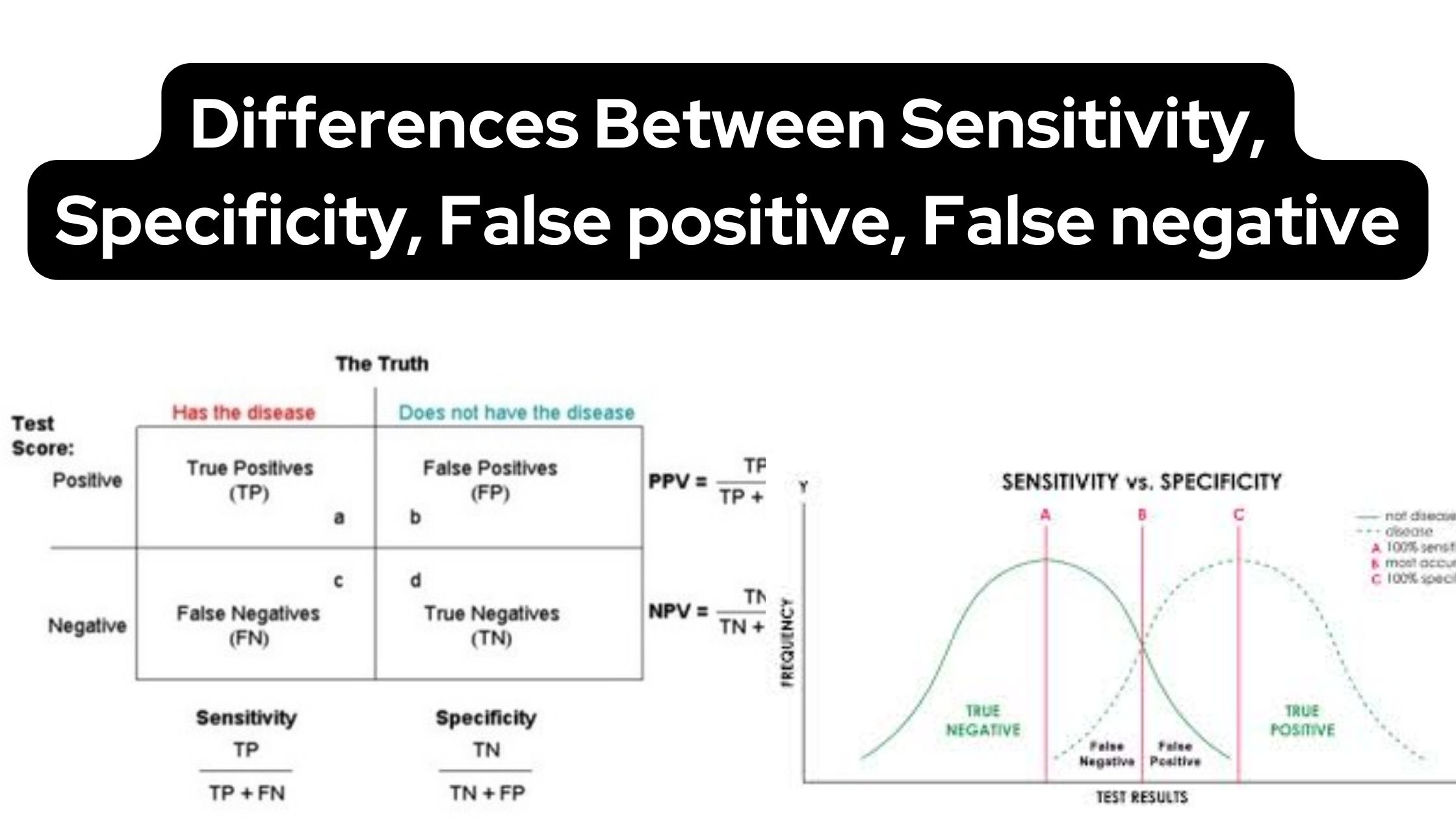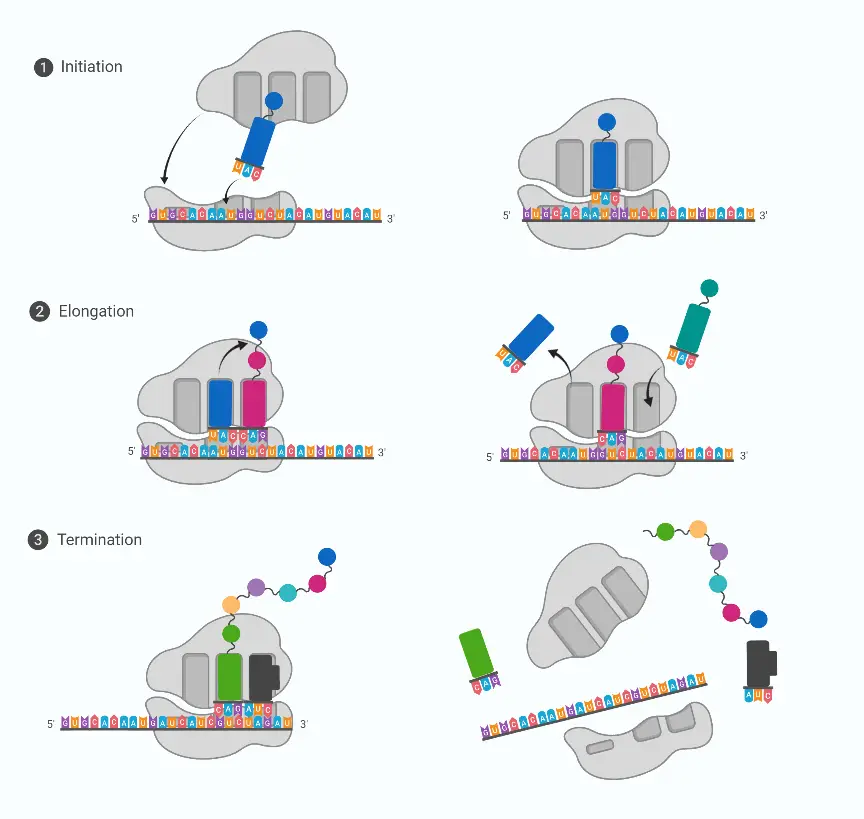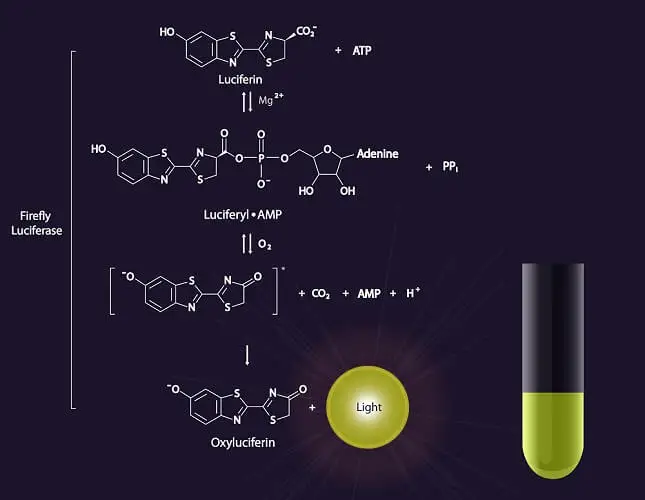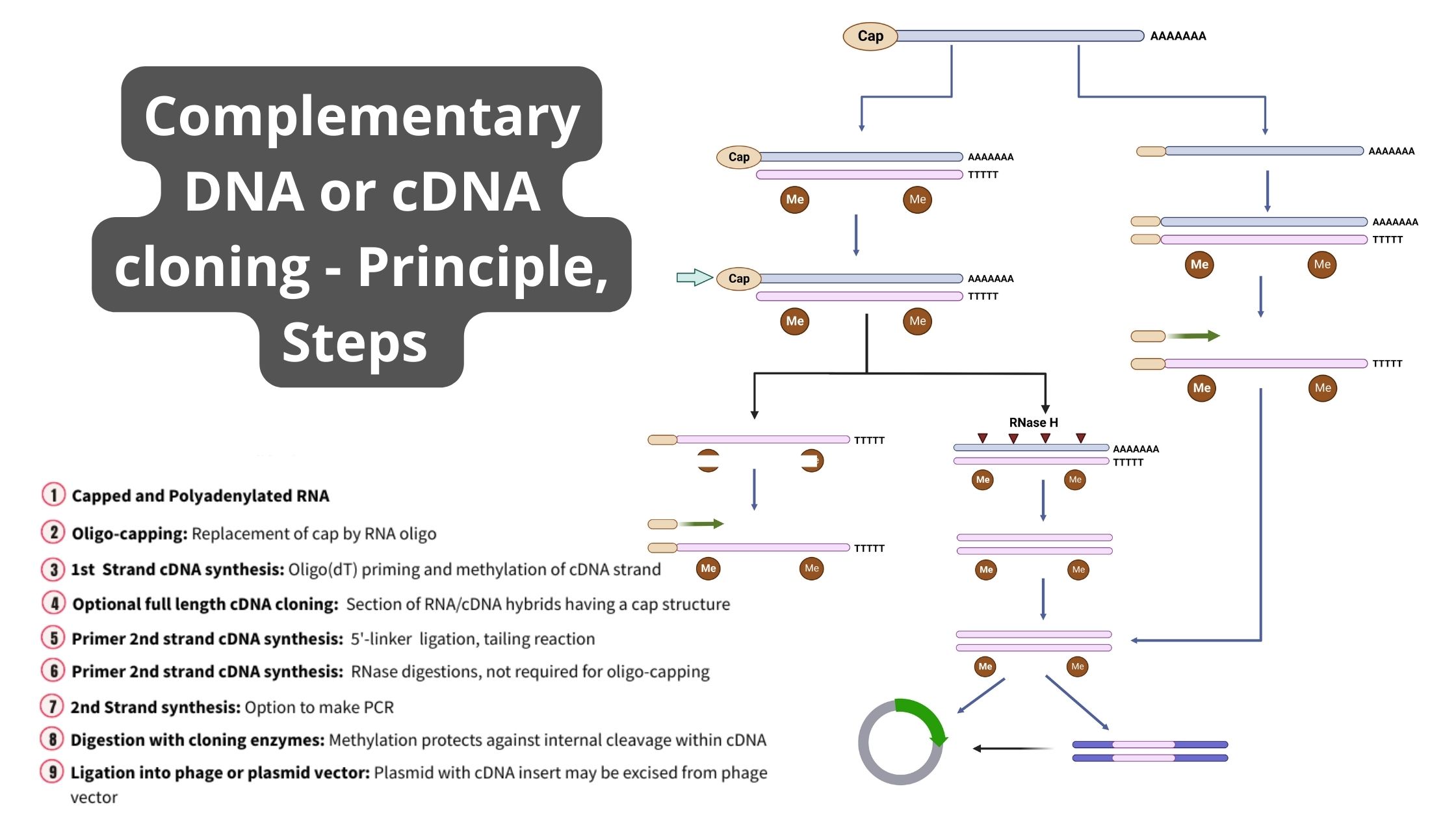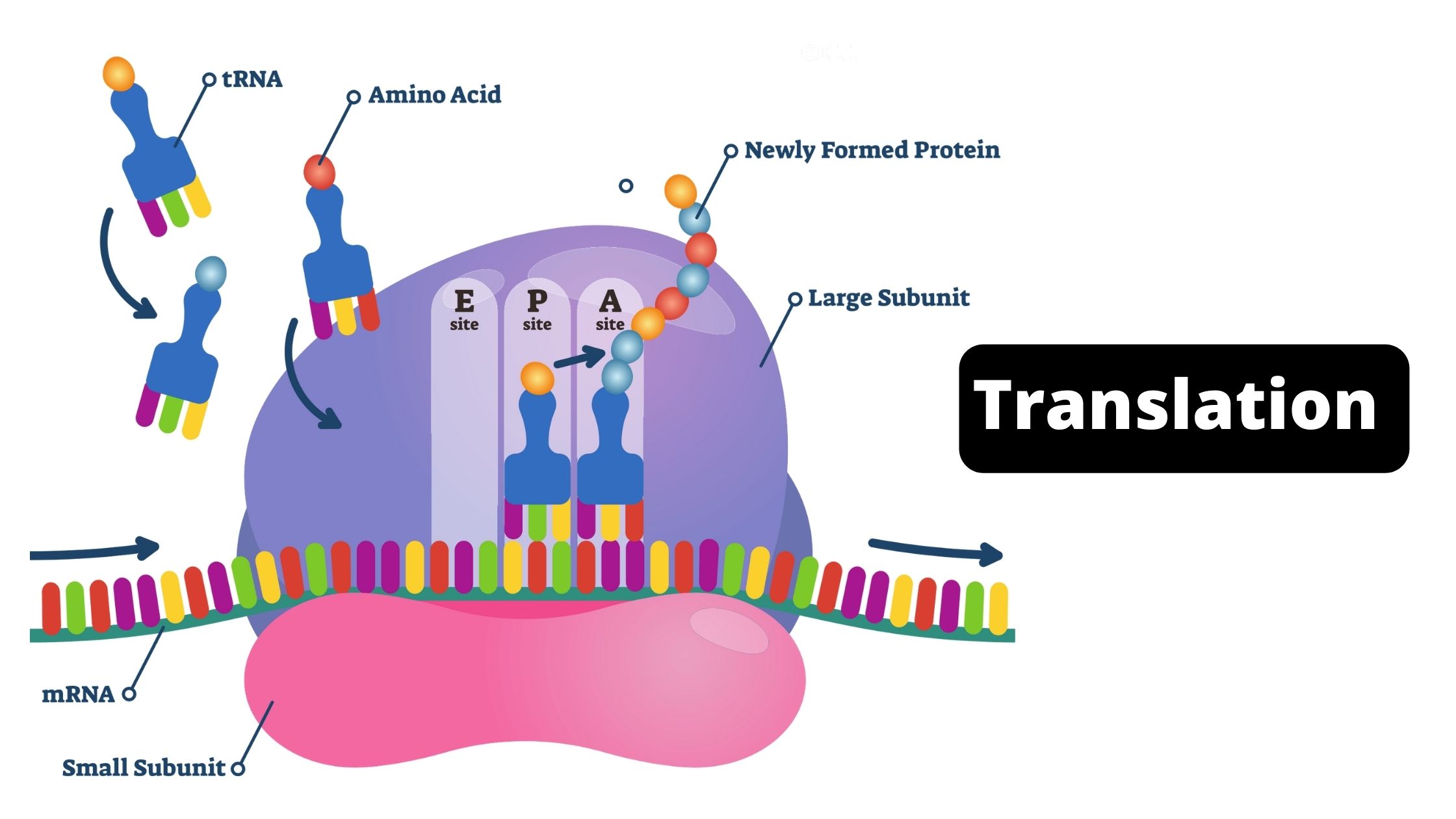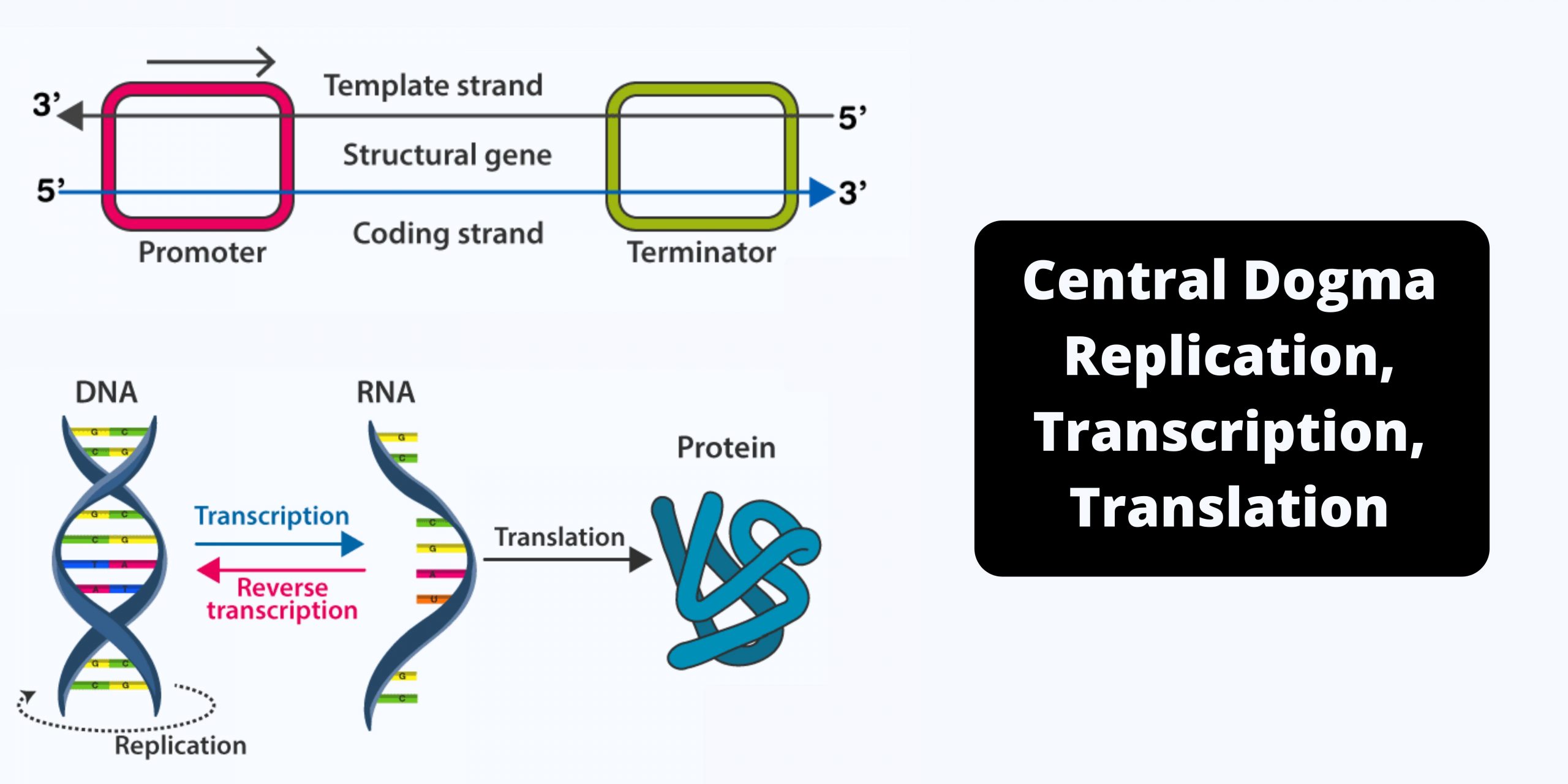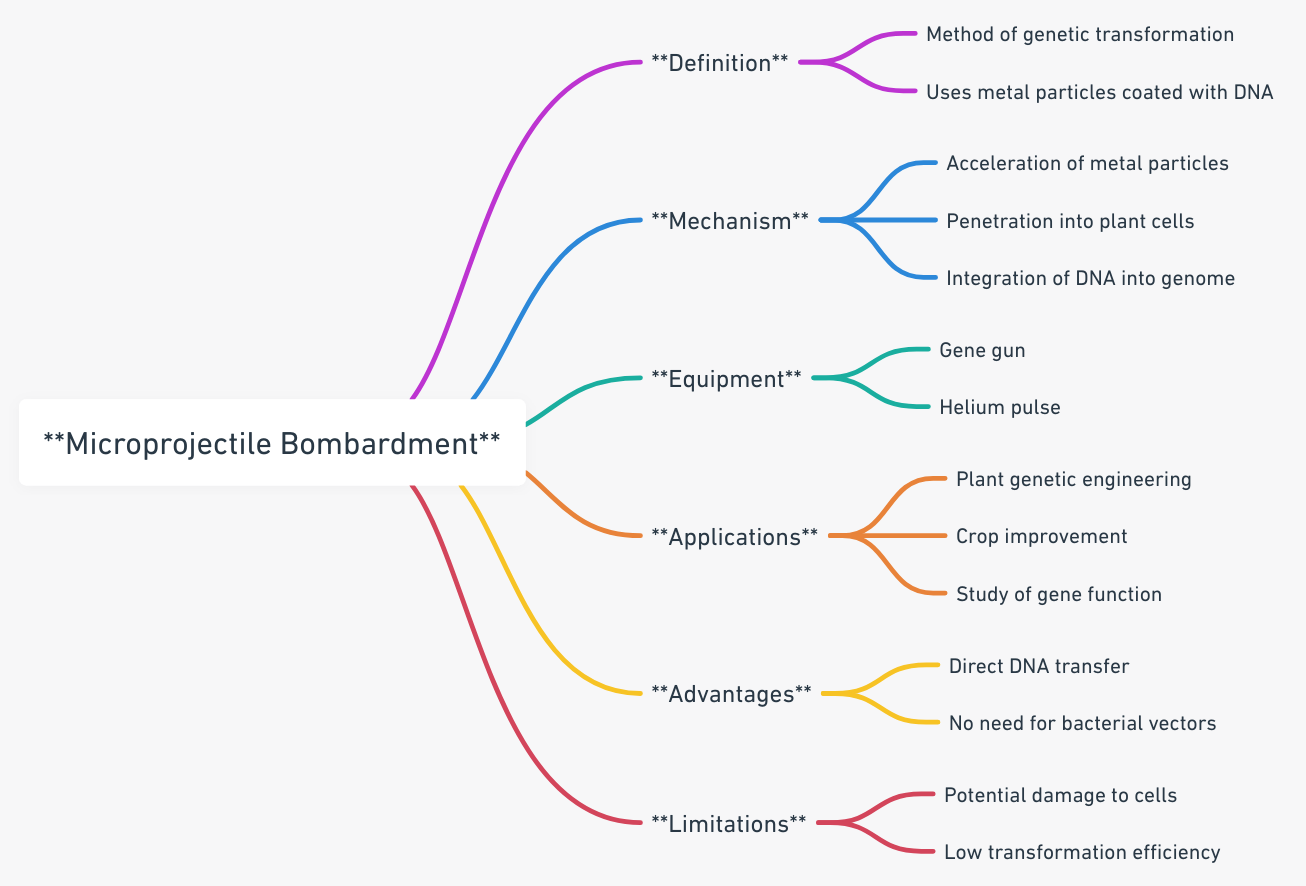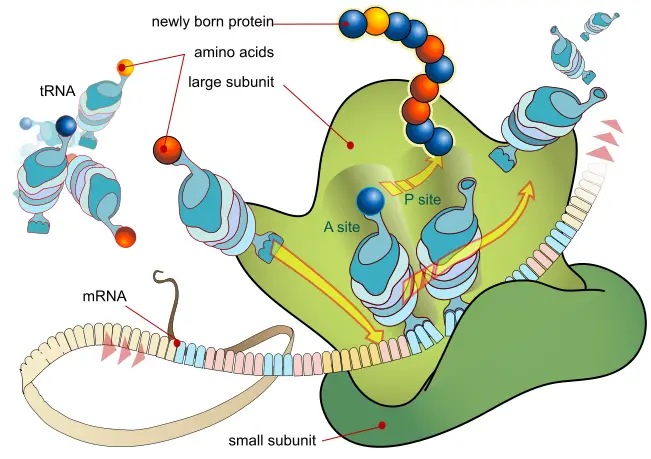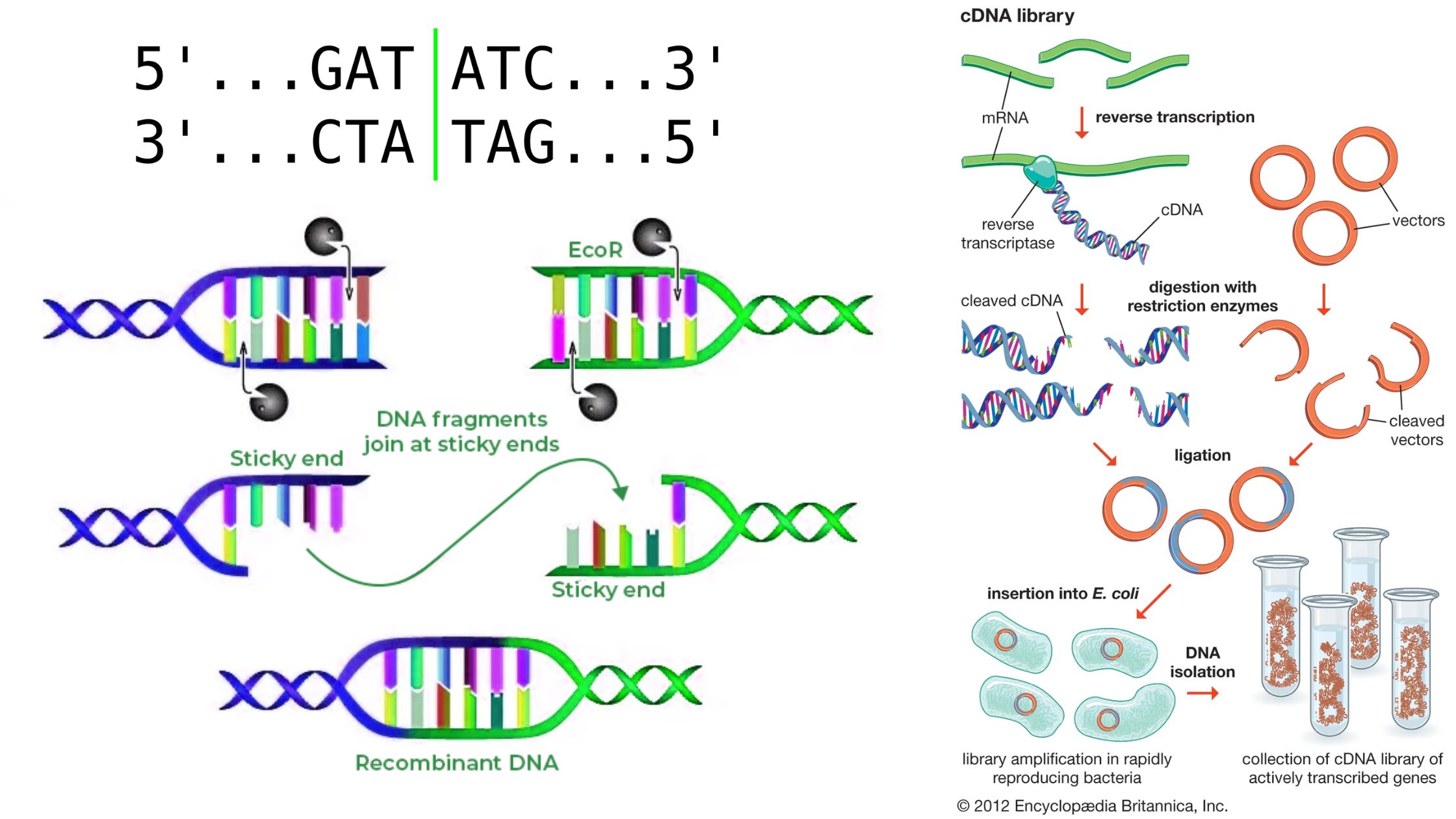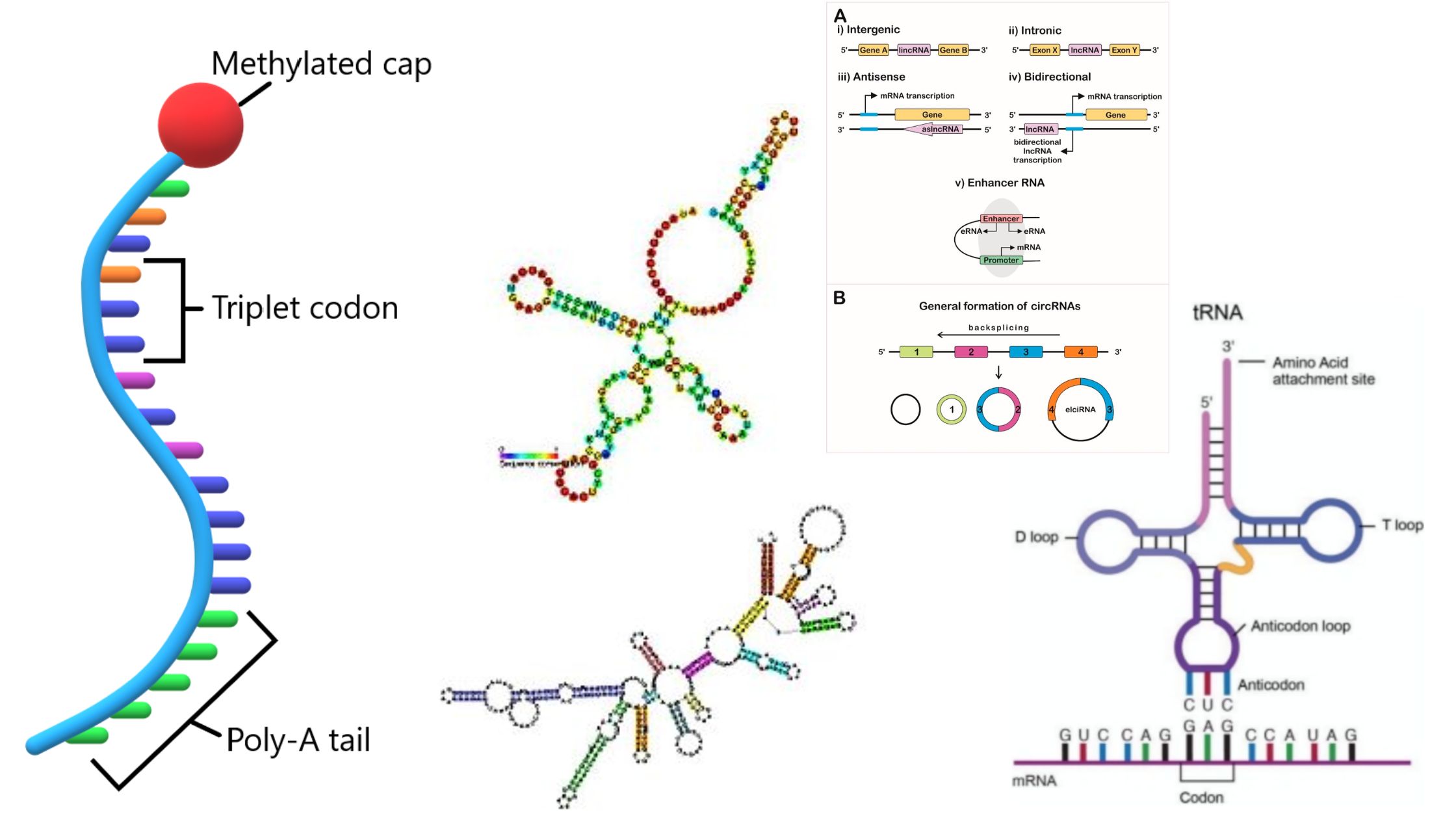Differences Between Sensitivity, Specificity, False positive, False negative
In many domains, including medicine, statistics, and machine learning, it is vital to comprehend the complexities of diagnostic tests and their outcomes. There are four key principles that come into play when assessing a diagnostic test’s efficacy: sensitivity, specificity, false positives, and false negatives. Confusion and incorrect interpretation of test results can result from the … Read more
